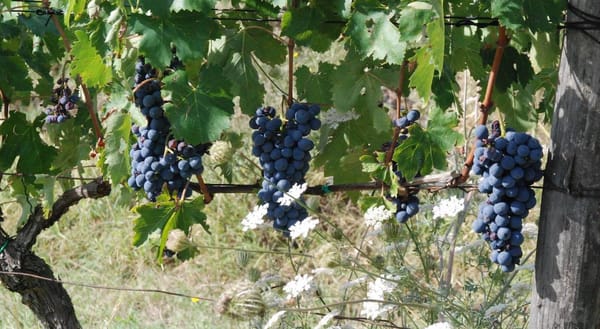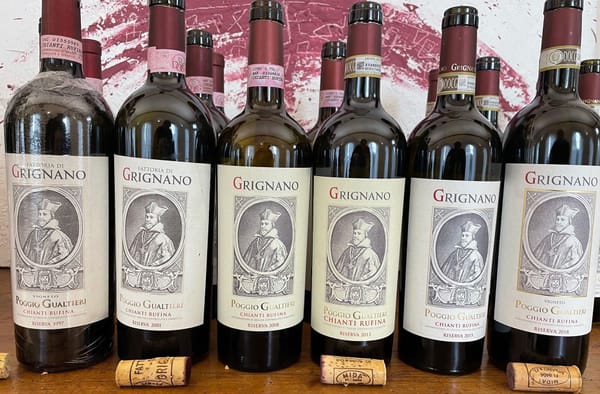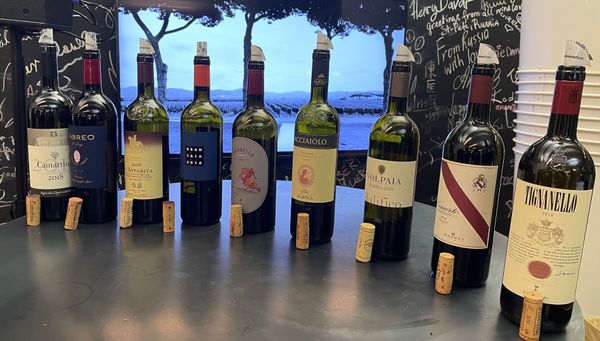Burgundy En Primeur 2013: Paul Caputo summarises

The atrocious growing conditions that decimated much of the 2013 crop in Burgundy are well documented. Flowering was late, vicious hail descended in July and inconsistent weather through September meant that most producers harvested during the back end of October, a detail not seen since 1978. It was in short, a cold and very wet year. To compound things, the challenges of 2013 came off the back of a poor 2012. Stress levels were high.

So what does that mean? In vintages like 2013 we see higher prices, the simple posturing of course of supply and demand. But perhaps more importantly, we see where the talent lies; especially I might add, in the villages that took the full force of the elements, such as Volnay in the Côte de Beaune, which received far more rainfall than its neighbours.
What do we buy then, if at all? There are two reasons to buy 2013 Burgundy, assuming of course budgets allow for the price spike. Firstly, there are some very good wines in circulation, even some great ones. The whites are likely to be enjoyed young and fresh, perhaps even before opening the 2012s, but picking your grower is critical. Quite often the deciding factor is between those domaines who got their fruit in before the rains, and those who didn’t. That is, of course, if you can find any.
The reds are a safer bet though, especially those from the Côte de Nuits. The vibrant and ethereal aromas of Pinot Noir made in these iconic vineyards are there for all to see. They are not ripe per se, but there is no hint of ‘green’ in the village wines, with phenolic balance proudly evident.
Secondly though, it is only in vintages that do suffer extreme growing conditions that judgements and assessments can be made of individual parcels. 2013 is a great vintage for the enthusiast. With Burgundy a lifelong study for some, holding these wines up for comparison against the fuller 2009s for example, or the fresher 2010s is going to be a rewarding study.




